The use of curtain walling is still growing fast, fuelled by the demand for green buildings and technological innovations in the glazing industry. And with that growth comes imaginative, ground-breaking designs that influence future projects. So here are our top 10 trends in curtain walling to look out for …
Curtain Walling has come a long way since it was first used at Oriel Chambers, Liverpool in 1864.
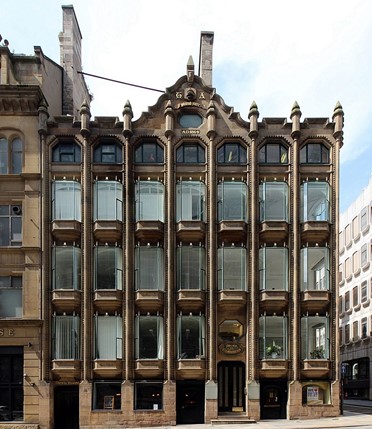
Grade 1 Listed Oriel Chambers, Liverpool, Designed by Peter Ellis believed to be the first building in the UK to feature a metal framed glass curtain wall. Photo by Rodhullandemu
Since then, this architectural feature has become increasingly popular, with the global aluminium curtain wall market now expected to reach USD 57.16 billion by 20261. This popularity is mainly because curtain walls are non-structural and so can be made of lightweight materials such as Aluminium, which reduces construction costs. But also, because glass curtain walls allow more daylight into the building, reducing the need for artificial lighting. And, of course, curtain walling can add a WOW factor to any façade.
Architects have pushed the development of curtain walling with stunning designs and curtain walling systems houses have responded with innovative new curtain walling systems.
So how do you keep up with what’s happening in Curtain Walling? To keep you ahead of the game, we’ve put together our top 10 latest trends in curtain walling:
-
1. More Complex shapes
With advances in technology, architects are increasingly able to design façades with curved, or sloped curtain walling, to give undulating façades with wave-like effects and striking angles. Aluminium curtain walling in particular lends itself to curved façades as the aluminium frames can easily be bent into the required shape. Both our SF52 and SCW curtain walling systems are available with a sloped glazing option.
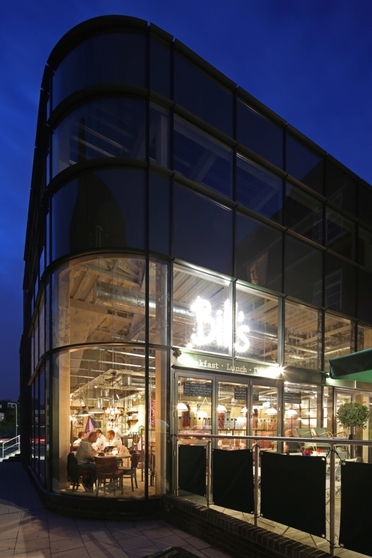
Bill’s restaurant at Muswell Hill featuring Senior’s SCW+ curtain walling fabricated by Soundcraft Doors Windows & Curtain Wall. The curtain wall was curved into shape by Aluminium Bending Specialists Ltd… read more
-
2. Higher performance
As the world becomes more aware of global warming and the need to conserve energy, there is a growing trend for more energy efficient curtain walling, with lower U values, more effective thermal breaks and a greater use of triple glazed units.
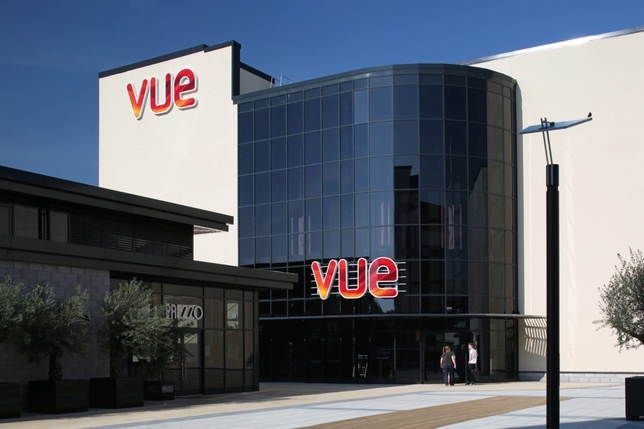
Senior’s curtain walling was specified by Niven Architects for the Vue Cinema at Feethams Leisure Complex in Darlington because of its enhanced thermal efficiency… read more
-
3. Variety of infill panels
Architects are now able to let their imagination run riot when designing façades, by specifying infill panels made from a variety of materials other than the more usual vision glass or spandrel glass panels. These include metal, terracotta and stone, but it is important to check the maximum weight of the infill for the curtain wall system being used.
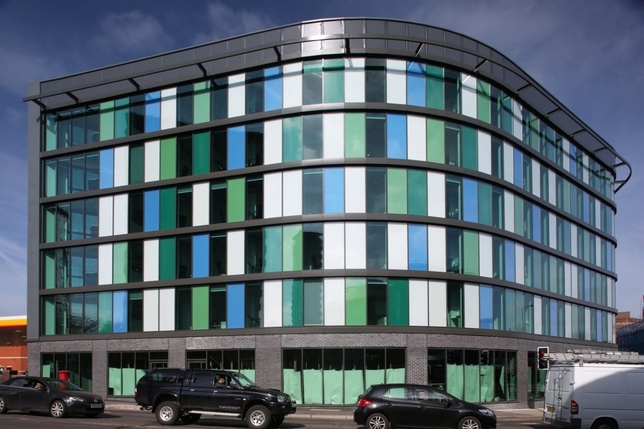
Clever use of coloured infill panels with our SCW+ curtain wall give the façade of this student accommodation in Sheffield a distinct and very contemporary look… read more
-
4. Solar shading to reduce solar gain
With the large expanses of glass specified for many of today’s facades comes the potential problem of solar gain. To avoid the need for expensive air conditioning many architects are now adding solar shading such as aluminium louvres, wire mesh or terracotta baguettes.
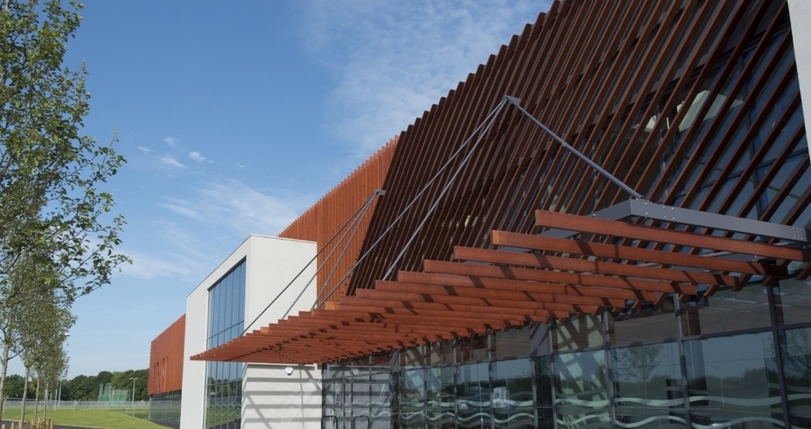
An innovative design by Ellis Williams Architects for Ellesmere Port Sport & Leisure centre featured Brise Soleil sun shading attached by brackets to Senior Architectural System’s powder coated aluminium curtain wall… read more
-
5. Cantilevered designs for impact
Giving the impression of floating in mid-air, cantilevered curtain wall designs can add real impact to any building.
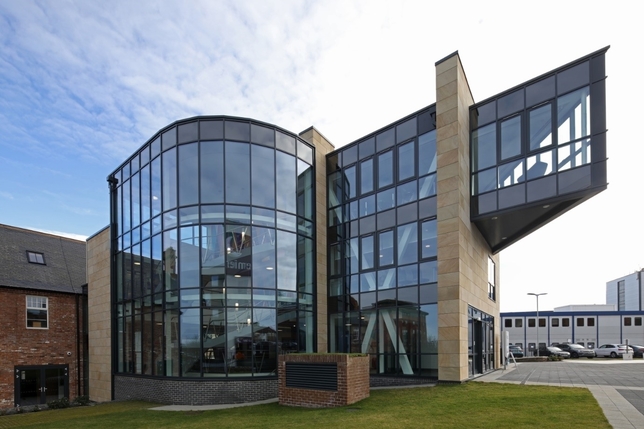
Designed by GSS Architecture, Hope Street Xchange uses Senior’s cantilevered SF52 Curtain Wall to mix distinctive modern architecture with the sensitive refurbishment of a Grade II listed building to provide a contemporary new workspace… read more
-
6. Use of Hydrophobic coatings
With buildings getting ever taller, together with the trend for glazed exteriors, window cleaning can become not only a full-time job but pretty expensive too. Take the Shard for example, with 11,000 glass panes totalling 56,000 sq meters, it takes 17 window cleaners 3 months to clean the whole lot – and then they start all over again. So, it’s no wonder that the trend today is to use hydrophobic coatings on the glazed units to dramatically reduce cleaning cycles and hence costs.
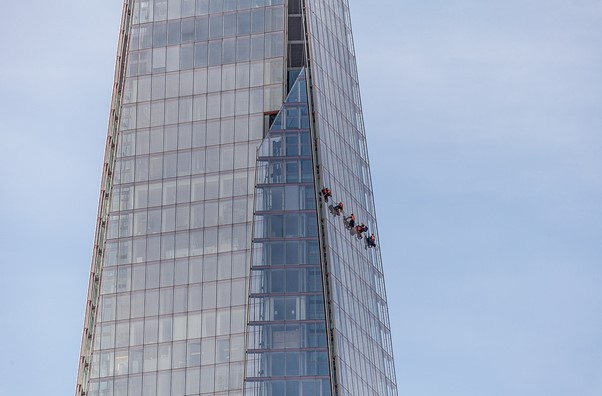
With 11,000 glass panels to clean on the Shard, no wonder the trend is for hydrophobic coatings! Photo by Christoph Braun
-
7. Larger panels
There is a trend for larger glass panels, made possible by glass processors in Europe and the UK now being able to produce super-sized glass. This can be combined with tempered glass and then laminated to huge insulating glass units. It can give an amazing effect, but of course the larger the glass panels, the higher the cost, the more complex the installation and the greater the consequences if one breaks!
-
8. Transparent façades
Architects are increasingly trying to wow us with their transparent building designs. It looks like magic and it certainly turns heads, but in reality, it’s Structural Silicone Glazed curtain walling. The result is more daylighting, wider views and a greater connection with the outside for those working or living inside.
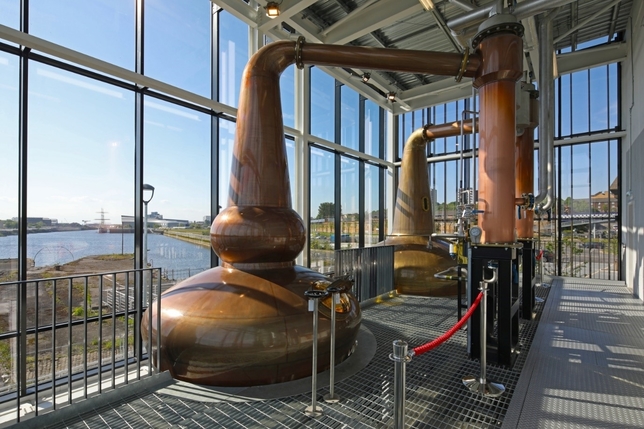
Designed by Hypostyle Architects the stunning Clydeside Distillery in Glasgow features Senior’s structurally silicon glazed SF52 curtain wall to give both a transparent look and showcase the distillery’s two tonne twin copper stills… read more
-
9. More technology
Smart curtain wall technology is beginning to appear such as photovoltaic cells incorporated into the glass curtain wall. These absorb solar energy in the day and emit light generated from the stored power at night.
-
10. Off-site fabrication for faster installation
Over recent years, the trend has been for fabricators to build as much of the curtain wall as possible, off site in their own factory. This allows greater quality control, faster installation and hence lower installation costs.
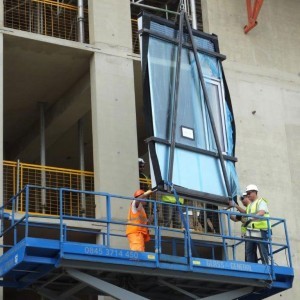
Senior Architectural Systems’ pre-fabricated SF52 curtain wall being installed by Glass and General at Cambridge University’s James Dyson Building… read more
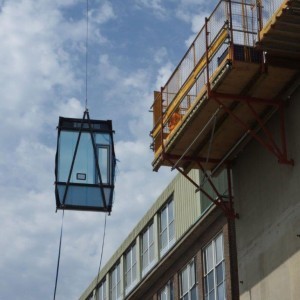
Pre-fabricated SF52 panels being craned into place fully glazed to reduce on-site time… read more
SF52 – Our most flexible curtain walling system ready to follow the trends:
- Stick type front loaded system which can be fabricated into ladders offsite for faster installation on site
- Suitable for low, mid and high-rise applications
- Slim sightlines and enhanced thermal performance
- Can be easily bent to give curved and undulating façades
- Sloped glazing option and raked heads for a range of apex angles
- Able to take infill panels of spandrel, metal, terracotta and stone (subject to weight)
- Sun shading can be easily added via fixing brackets
- Large range of transom & mullion sizes with additional reinforcing sleeves and boxes plus the option of concealed steel reinforcing to allow larger spans and bigger panels
- Available as silicon glazed for a transparent look or capped (full, vertical or horizontal) for more design options
- Excellent weather performance, being fully CWCT and EN13830 weather tested
- 100% recyclable
- Fully compatible with any of our windows and doors
- Available in an almost unlimited choice of colours and finished both externally and internally
If you would like more information and advice on how to specify and detail Senior’s aluminium curtain walling systems, please contact one of our experienced architectural advisors who will be more than happy to help.
Reference:
- https://www.gminsights.com/industry-analysis/aluminum-curtain-wall-market

Comments are closed.